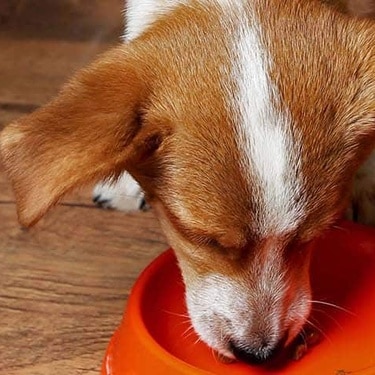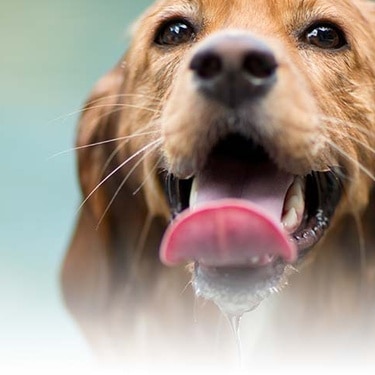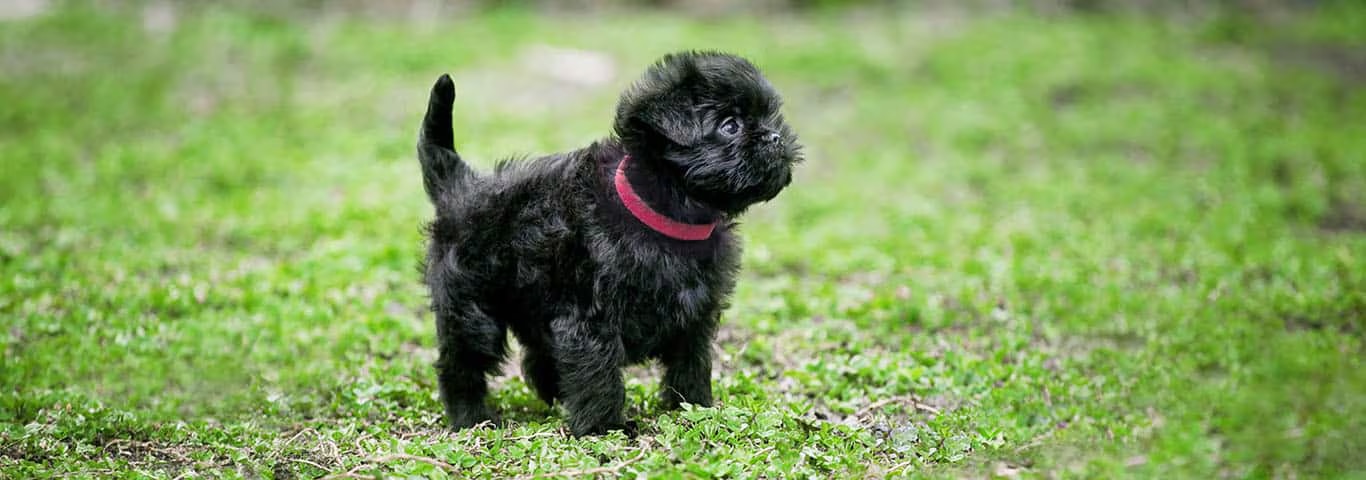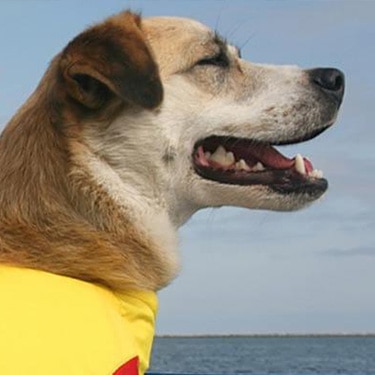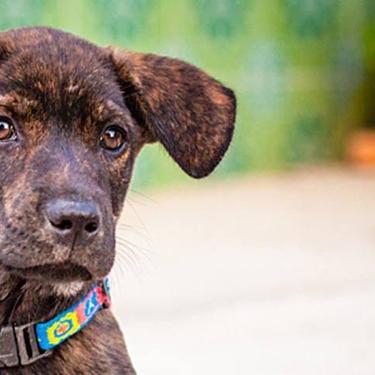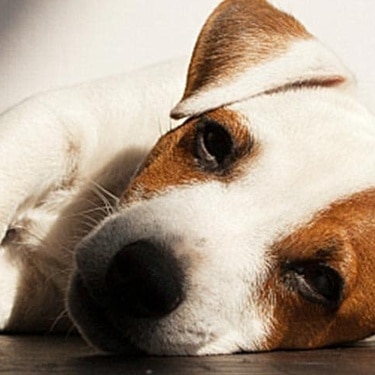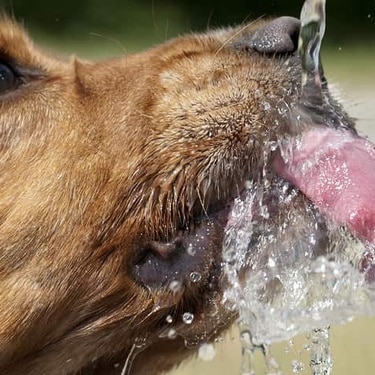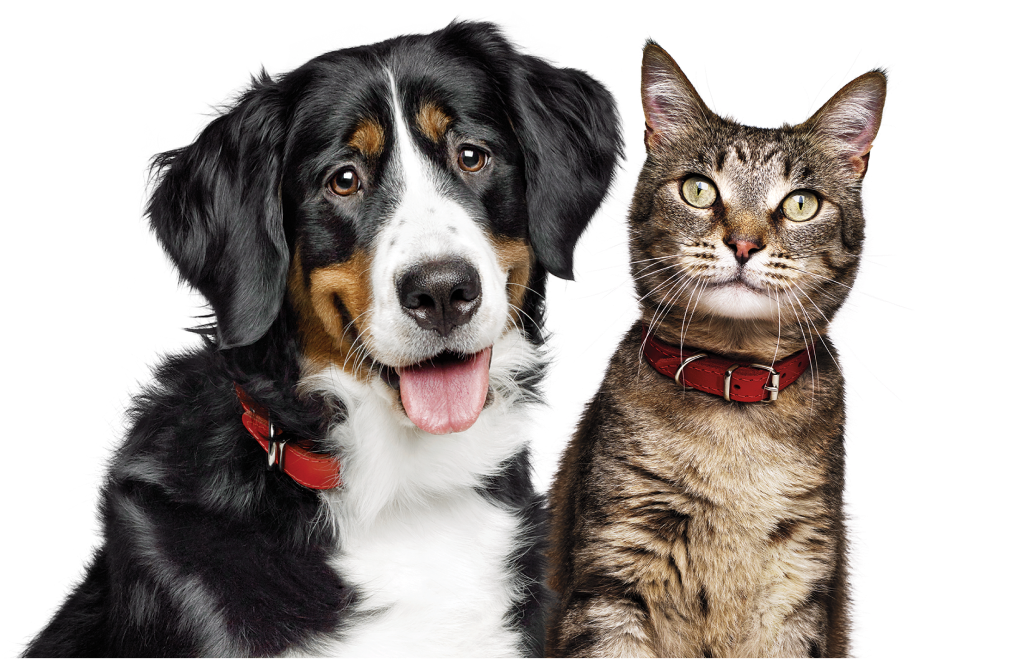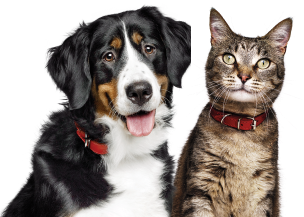Described by the French as the "diablotin moustachu," or mustached little devil, the affenpinscher is a charming little dog, alert and inquisitive, loyal and affectionate. Generally a quiet dog, the affenpinscher may exhibit terrier spark and fire when excited. Affenpinschers are generally fearless toward any threat.
The breed possesses impressive forepaw dexterity and has a penchant for grappling and tossing toys.
The Affenpinscher is a generally delightful household companion. Affenpinschers often do well with children, although some individuals have lower tolerance for the high energy of kids. Owing to its heritage as a rodent hunter, affenpinschers typically are not compatible with small pets, particularly rodents.
Although they are in the hypoallergenic category of dog breeds, affenpinschers do indeed shed. While Affenpinschers require little grooming, it is advised that their coats be stripped on a regular basis. A simple technique, stripping involves pulling the dead, dull hair out, leaving the shiny new hair behind. Diligent stripping dramatically reduces shedding.
The affenpinscher originated in Germany. Although these small wiry dogs are depicted as ratters and companions in artwork dating back to the 1500s, the breed did not appear in the written record until the 19th century. At that time, there were two varieties: a larger, long-muzzled type, and a smaller, round-headed, shorter-muzzled dog with a prominent jaw. The former is believed to have eventually become known as the miniature schnauzer, and the latter as the affenpinscher.
In the 1900s, most affenpinscher breeding took place in Bavaria and Saxony. The breed achieved popularity just before World War I, but its numbers decreased during the war. They again became popular from the mid-1920s until World War II. The American Kennel Club admitted the affenpinscher in 1936.







